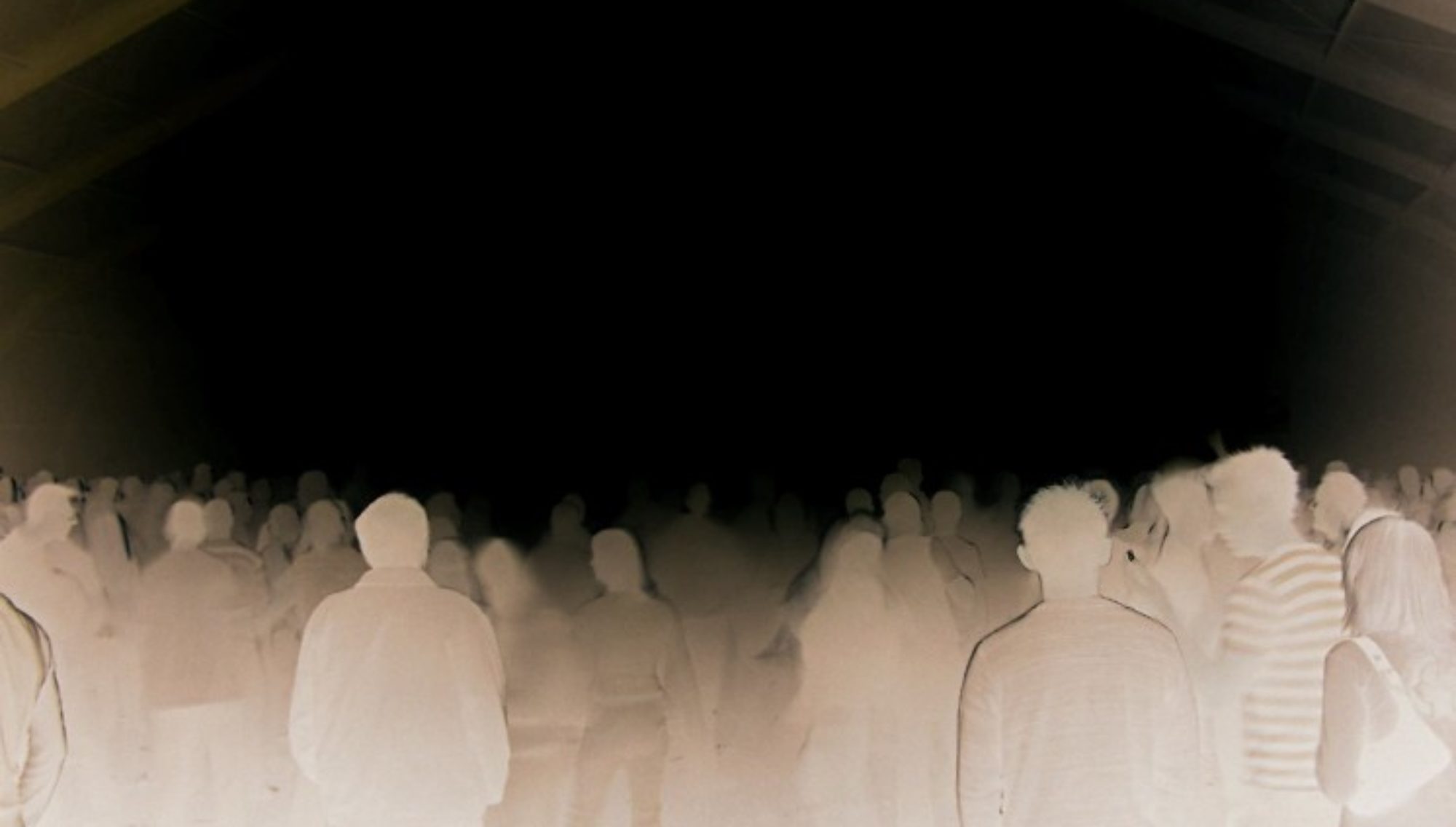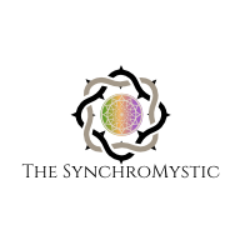Little substantive progress can be made in apprehending (let alone comprehending) SynchroMysticism, or in advancing as a SynchroMystic, without grappling seriously with the work of the noted, 19th-20th-century Swiss analytic psychiatrist, Carl Gustav Jung. With the possible exception of Sigmund Freud (and if one leaves aside somewhat proto-scientific thinkers, like David Hume and John Locke), there is arguably no bigger name in the history of psychology.
Jung pioneered numerous, somewhat abstruse (if not vexed) concepts that have now become common currency in the English language. Entities and phenomena – or alleged entities and phenomena – such as “archetypes,” the “collective unconscious,” “extraversion” and “introversion,” nervous “complexes,” and, most notably from our standpoint, synchronicity.
In this seminal intellect’s lexicon, “synchronicity” marks out a sort of “acausal connecting principle.” What in the world does that mean?
Well, for some principle, P, to be a causal connecting principle would mean for P to explain how two things (say A and B) are related in terms of cause and effect. For instance, A might cause B; B might cause A; C might cause both A and B; C might cause A while D causes B; and so on.
In contemporary jargon, the word “cause” typically designates what Aristotle referred to as an “efficient cause.” He distinguished several other sorts of “cause” or, perhaps more accurately, of explanation.
Consider Mount Rushmore. To Aristotle, some object has first of all a “material cause.” In the case of Mount Rushmore, the material cause is, presumably, granite. Next, the object has a “formal cause.” This is roughly to say that the object has some pattern that it embodies or exhibits. Mount Rushmore is modeled upon the past, real-life visages of Thomas Jefferson, Abraham Lincoln, Theodore Roosevelt, and George Washington.
But an object also has some “efficient cause.” The quick and dirty way of getting a fix on this sort of cause is to think of the agent who applied the form to the matter. In the present case, the straightforward efficient cause of Mount Rushmore was the 19th-20th-century American sculptor Gutzon Borglum. Lastly, to Aristotle, an object also has a “final cause.” As a first pass, we can understand this as the purpose or reason for which the efficient cause acted. Let’s suppose that Borglum carved the faces of the four, previous-named presidents into the granite in order to honor the famous statesmen and increase the tourism business in South Dakota. These considerations, then, would count as final causes.
In any case, twenty-first-century scientific inquiry has little use for the notions of “formal” and “final” causation. Matter, on the other hand, is the work-a-day scientist’s bread and butter. However, referring to matter as a “cause” may have fallen a bit out of favor. That leaves only efficient causation.
Be that as it may, any of the four “causes” can be conceived as “connecting principles.” It’s easy – indeed even trivial – to do so. For example, we can say that “Mount Rushmore” and “granite” are connected in virtue of the fact that the former is “made out of” the latter. Or again, we can say that “Mount Rushmore” and “Jefferson, Lincoln, Roosevelt, and Washington” are connected in virtue of the fact that the former “resembles” the latter. Etc.
What Carl Jung wants to say, then, is that there are additional, “connecting principles” that have nothing to do with causation. Perhaps they have very little even to do with any kind of explanation.
Causation is often taken to be explanatory. If I break out in small, itchy blisters and it turns out that I have chickenpox, then we could say both that my blisters were caused by the chickenpox (varicella) virus and that the chickenpox explains my having broken out in said blisters.
Suppose, however, that John has newly arrived in a large city. He calls a phone number for some random job lead that he has been given only to discover that the person sitting next to him on the bus is the one who answers the call. That “John called X” and that “John was next to X on the bus” are, on the face of it, related neither in terms of causation nor explanation. It seems obvious that John calling X did not cause X to be next to him on the bus. Equally, though, John and X being near each other on the bus does not explain John calling X on the phone (or vice versa).
The two events – John’s call and John and X being in close proximity on the bus at exactly the same time as the phone call – were related in time merely by happenstance. It was a “coincidence.” Or so it would seem.
The two events are connected. If nothing else, they happened simultaneously. Importantly, the sort of connection in view is not causal. It is acausal. Hence, we have what Jung called an “acausal connecting principle.”
When this sort of connection occurs in a noteworthy context or seems to be imbued with some sort of significance, it is termed a synchronicity.
When a person is conscious of, revels in or studies, these sorts of synchronicities, that person could be termed a “SynchroMystic” and be said to have an interest in “SynchroMysticism.”

